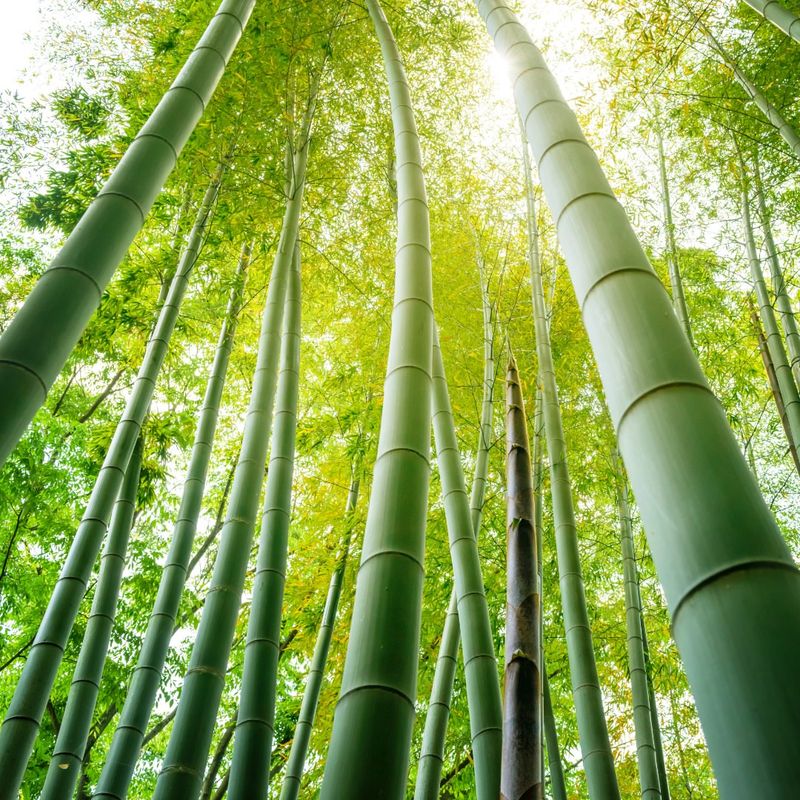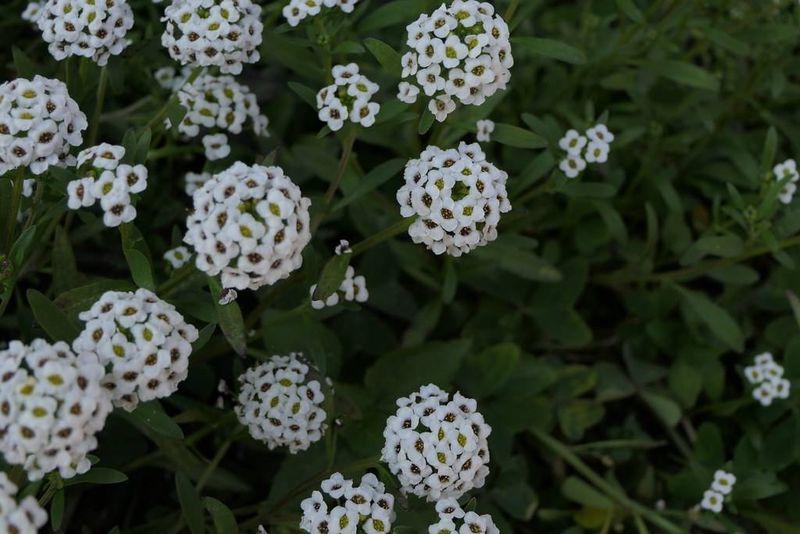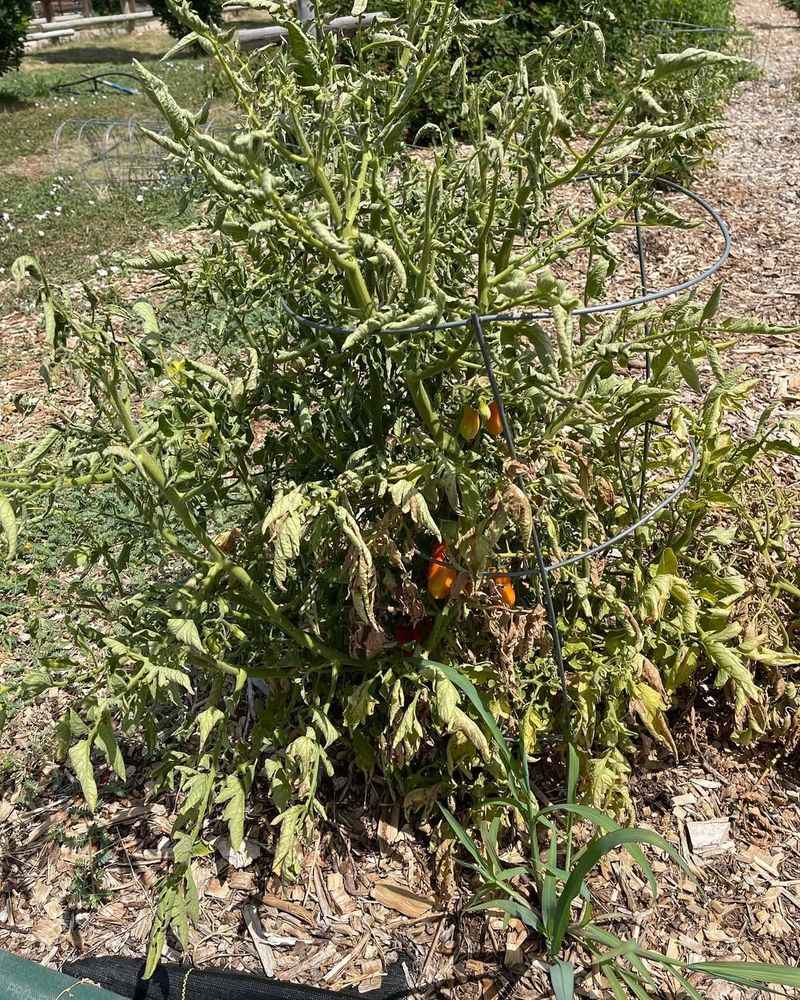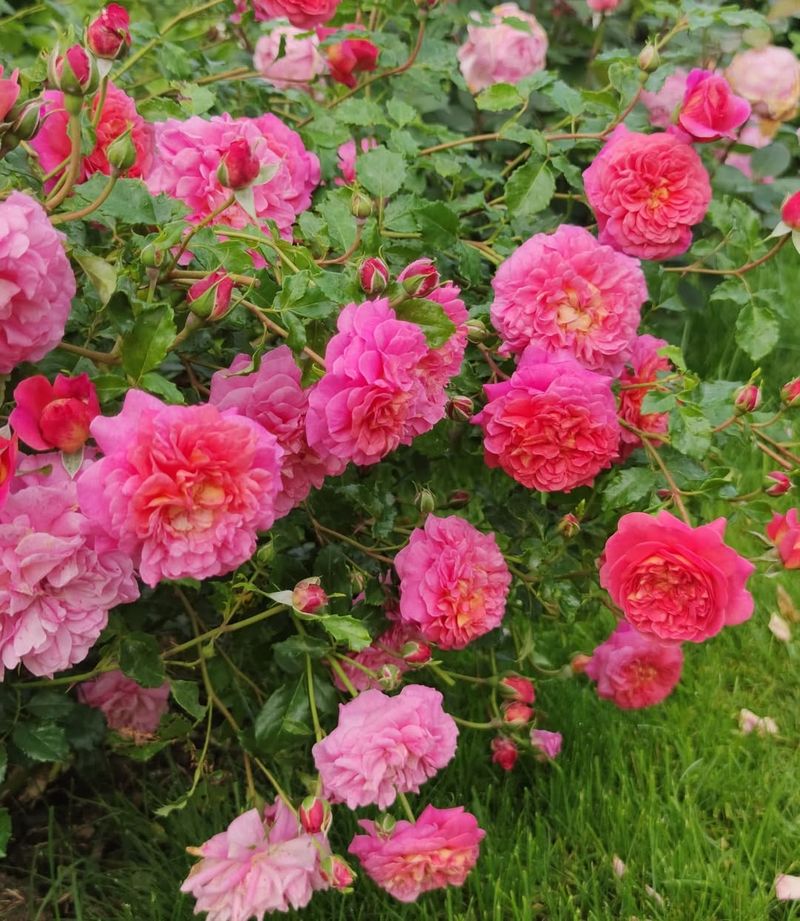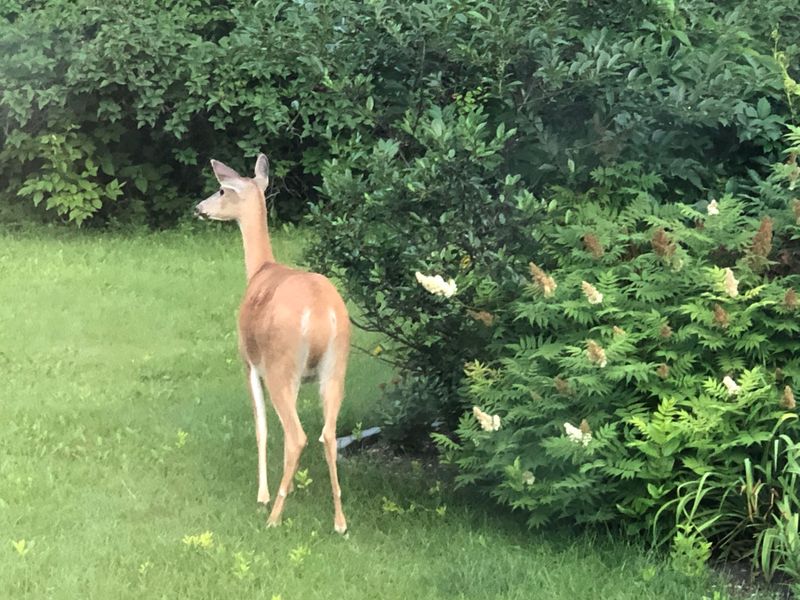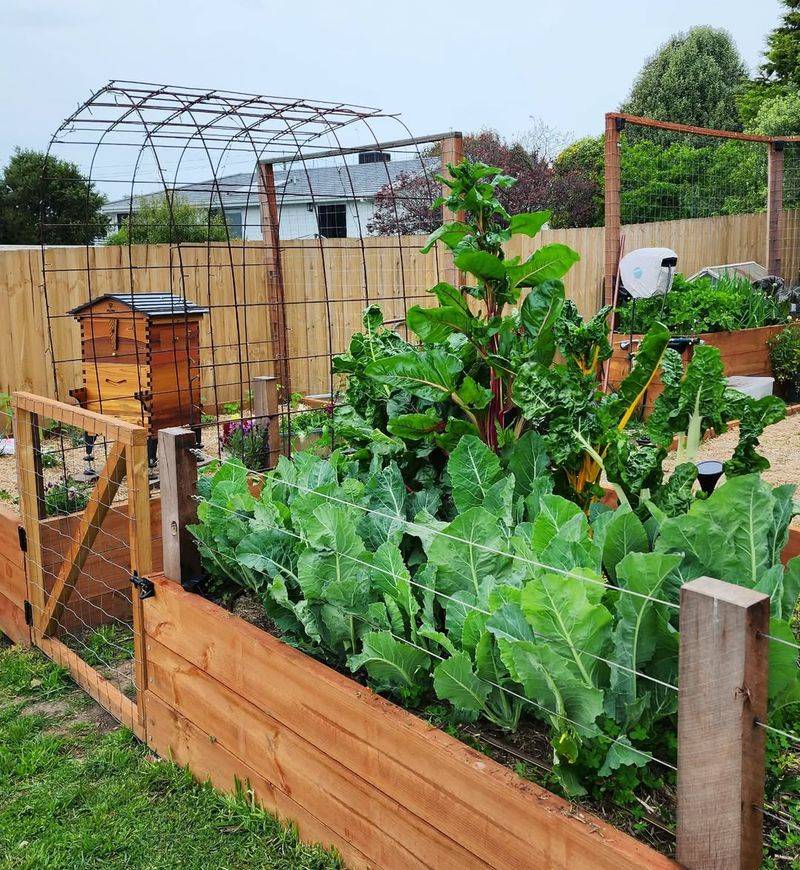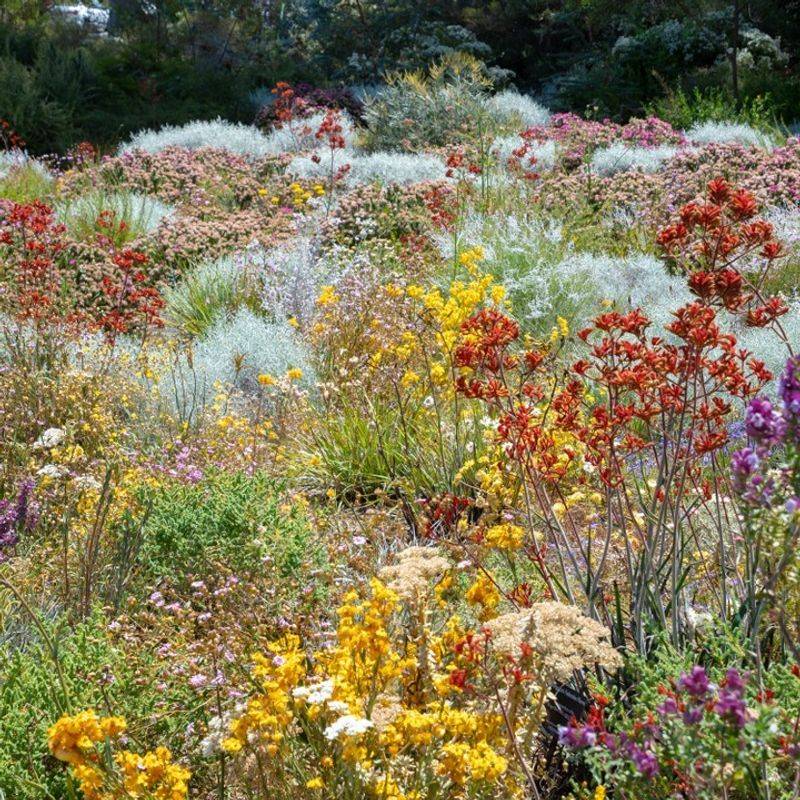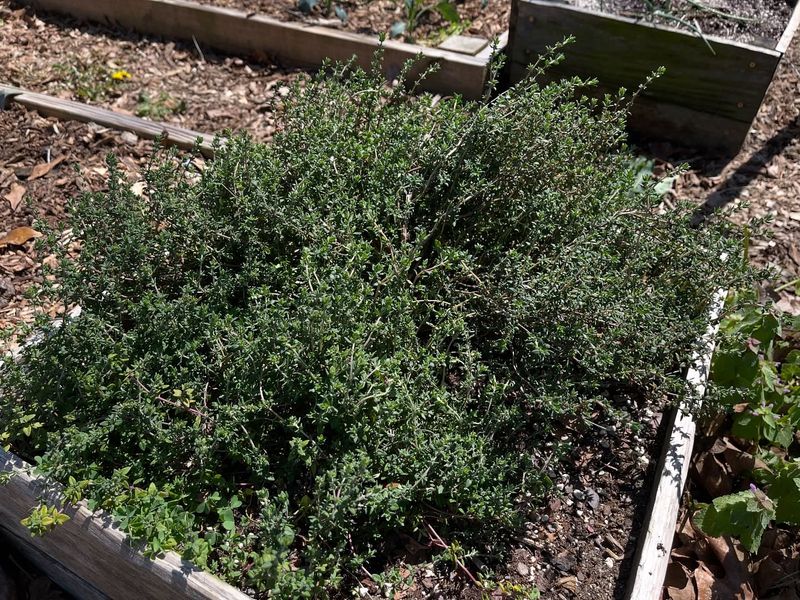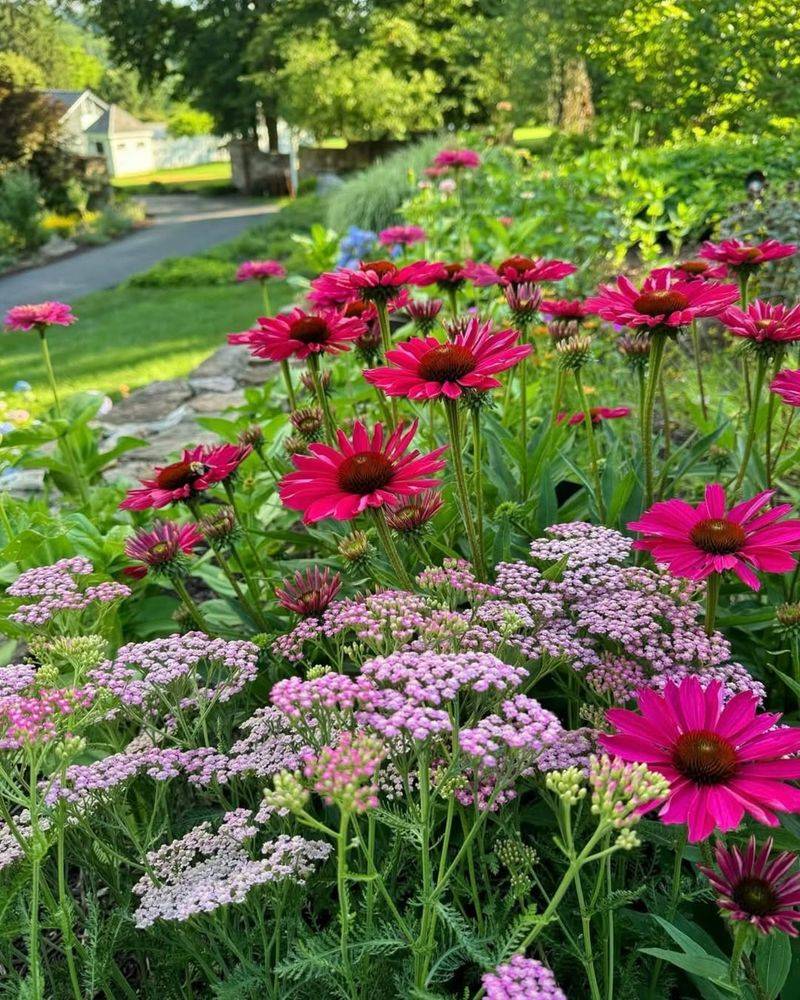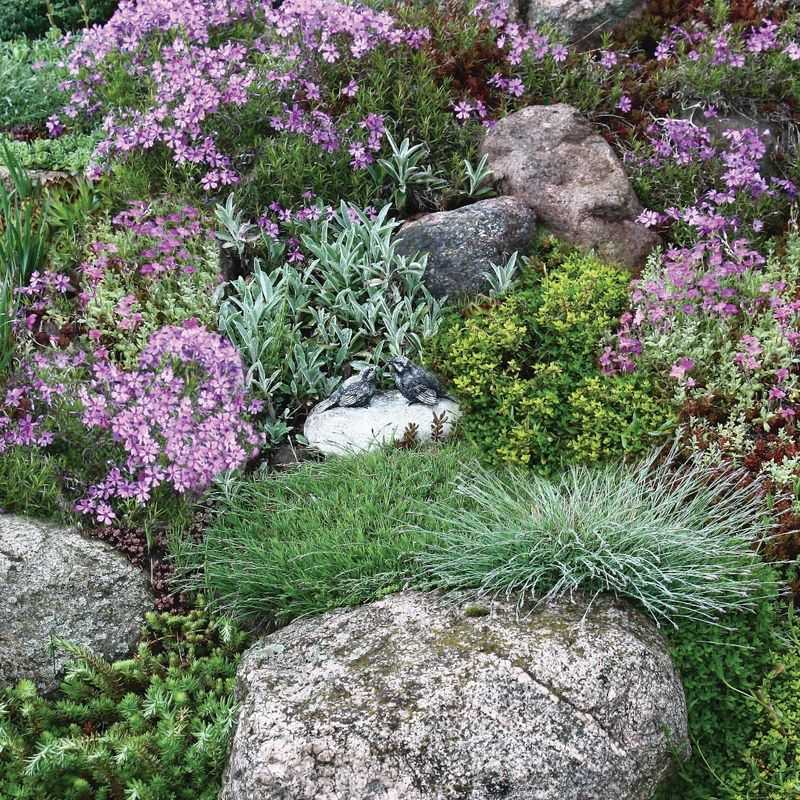Let’s be honest—not every plant deserves a spot in your garden. I’ve made my fair share of green-thumb mistakes, lured in by pretty blooms, big promises, or Pinterest-perfect photos. But over time, those impulse picks turned into garden bullies, maintenance nightmares, or flat-out disappointments. So, I ripped them out—no regrets. What came next? A handful of reliable, low-fuss, and beautiful plants that completely turned things around. Here are the 14 plants I won’t be planting again—and the 5 that earned a permanent place in my garden sanctuary.
1. Invasive Mint
Mint, with its cool, refreshing aroma, seems like the perfect addition to any garden. However, it behaves like a stubborn guest; once invited in, it refuses to leave. Its roots travel underground, popping up unexpectedly and choking out other plants.
Planting mint in containers instead of directly in the soil helped control its rampant spread. This way, I still enjoy its fragrant leaves without the garden takeover. Surprisingly, giving mint its own space led to less stress in my gardening routine, allowing other herbs and flowers to flourish alongside.
2. English Ivy
Once admired for its classic, old-world charm, English ivy quickly revealed its darker side in my garden. Beneath its elegant facade lies an aggressive invader that climbs, smothers, and damages everything in its path—from trees to brick walls.
Removing it was one of the best decisions I made. With the ivy gone, sunlight returned, native plants flourished, and the space transformed into a healthier, more balanced ecosystem.
My garden became not just prettier, but also more welcoming to local birds, bees, and butterflies.
3. Morning Glory
Though undeniably beautiful, Morning Glory turned out to be more trouble than it was worth. Its delicate blooms masked an aggressive habit—wrapping tightly around anything in reach and creating a tangled mess that smothered nearby plants.
Once I cleared it out, the garden felt lighter, more open. Other blooms finally had room to thrive, and the space transformed into a more balanced, inviting haven. With less chaos and more diversity, pollinators returned in greater numbers, bringing new life and energy to the garden.
4. Bamboo
Tall, graceful, and undeniably striking, bamboo initially brought a sense of exotic charm to my garden. But that elegance came at a cost—it spread fast, took over beds, and left little space for anything else to grow. Once I removed it, everything changed.
The garden opened up, sunlight returned, and native plants finally had room to breathe. What was once a wild, overgrown thicket became a peaceful, intentional space that felt more like a sanctuary than a jungle.
5. Sweet Alyssum (Annual)
Delicate and fragrant, Sweet Alyssum seemed like the perfect garden filler—until it started popping up everywhere. Its tendency to self-seed turned those tiny clusters into a sprawling, uninvited takeover.
Letting it go brought unexpected clarity. Without its constant spread, the garden felt cleaner, calmer, and more intentional.
In its place, low-maintenance perennials had the space to shine, and the overall design became both easier to manage and more visually peaceful.
6. Regular Tomatoes (Wrong Climate)
Often considered the crown jewel of the garden, tomatoes can quickly lose their shine in the wrong climate. Too much heat or lingering dampness left mine struggling—more stalk than fruit. Swapping them out for climate-friendly varieties and trying containers made all the difference.
Suddenly, the plants were thriving, and the harvest was worth the effort. It was a reminder that working with nature, not against it, leads to a garden that gives back generously.
7. Standard Roses
Roses epitomize garden romance, yet their finicky nature can turn passion to frustration. Susceptible to diseases and pests, they demand constant care.
Replacing standard roses with hardy varieties reduced labor without sacrificing beauty. This change brought back the joy of gardening, with fewer worries about pruning and pest control. The garden, now less demanding, thrived in its simplicity and ease of maintenance.
8. Lawn Grass in Shady Areas
A thick, green lawn sounds idyllic—until it’s growing under a canopy of shade. In those darker corners, grass struggled year after year, turning patchy, thin, and high-maintenance. Replacing it with shade-loving ground covers was a total game-changer.
The space filled in beautifully with lush, low-effort greenery that actually wanted to grow there. Without the constant need for reseeding and repair, the garden felt more harmonious and far easier to maintain.
9. Water-Hungry Annuals
Annuals bursting with color captivate the eye, yet the constant thirst of water-hungry varieties can drain resources and patience.
Shifting focus to drought-tolerant plants reduced water use and maintenance. The garden became more self-sufficient, offering beauty with less effort. This change not only conserved water but also allowed me to enjoy the garden more and work less.
10. Hostas (Where Deer Roam)
Lush, leafy, and endlessly elegant, hostas are a garden favorite—but in deer-prone areas, they’re basically an all-you-can-eat salad bar. After watching mine get devoured season after season, I made the switch to deer-resistant plants.
The change brought immediate peace. No more chewed-up leaves, no more disappointment—just a garden that could thrive alongside local wildlife without becoming lunch. The space felt more balanced, beautiful, and resilient.
11. Hydrangeas in Full Sun
Big, beautiful, and full of charm, hydrangeas seem like the perfect addition to any sunny garden bed—until they start wilting under the heat. These showy blooms prefer cooler, shadier spots where moisture lingers and their roots can breathe.
Moving them out of the harsh sun brought them back to life, filling the garden with color and energy. That simple shift reinforced a key gardening truth: the right plant in the right place makes all the difference.
12. Non-Native Ornamentals
There’s no denying the allure of exotic ornamentals—unusual shapes, vibrant colors, and an instant wow factor. But over time, their presence felt more disruptive than dazzling.
These non-native plants often crowded out local flora and offered little support to pollinators or wildlife. Replacing them with native species brought the garden back into balance.
The space became more self-sustaining, buzzing with life, and beautifully in tune with the local environment.
13. Zucchini (in Small Spaces)
Few plants take over a garden quite like zucchini. In small spaces, its sprawling vines quickly dominate, shading out neighboring plants and turning tidy beds into a tangled mess.
Switching to compact varieties and embracing vertical gardening completely changed the game. The space became more efficient, easier to manage, and far more productive.
It was a lesson in working smarter, not harder—proving that even in tight quarters, a garden can thrive with the right strategy.
14. Anything That Needs Daily Watering
Plants that demand daily watering can quickly turn gardening from a joy into a chore. The constant upkeep starts to feel more like a responsibility than a retreat. Letting go of those high-maintenance choices and replacing them with drought-tolerant varieties brought freedom.
The garden not only looked better—it thrived with less effort. No longer tethered to a watering can, I found more time to relax and actually enjoy the space I had created.
15. Native Wildflowers – Low Maintenance And Loved By Pollinators
Native wildflowers completely changed the rhythm of my garden. Unlike many traditional ornamentals, they didn’t need coddling—no fertilizers, no constant watering, and no pest control routines.
They simply belonged in the space. As the seasons shifted, I noticed how naturally they adapted, blooming in succession, filling gaps, and thriving without complaint.
Their resilience made gardening feel more relaxed and intuitive.
16. Herbs (Like Thyme & Oregano) – Tough, Useful, And Beautiful
Herbs like thyme and oregano proved to be absolute workhorses in the garden. They’re beautiful in a quiet, understated way—soft textures, rich scents, and subtle blossoms. And while they’re tough and drought-tolerant, they also multitask: adding flavor in the kitchen and interest in the landscape.
Unlike other fragile garden plants, these herbs held their ground through heat, dry spells, and even neglect. Beyond their resilience, they gave me something incredibly satisfying—usefulness. Clipping a few sprigs for dinner or drying bunches for tea added a deeper connection to the garden.
These herbs became everyday essentials, not just decorative extras.
17. Drought-Tolerant Perennials (Like Coneflower & Yarrow) – Thrived With Minimal Care
Drought-tolerant perennials like coneflower and yarrow brought a bold, effortless beauty to my garden. While other plants wilted under summer heat, these stood tall and vibrant, barely flinching.
Their long-lasting blooms added rich color and structure, all without demanding constant care or water. Once established, they felt practically self-sufficient—a dream come true for a low-maintenance gardener.
What truly won me over was how they handled the extremes. Between unpredictable weather and my occasionally inconsistent watering schedule, they never faltered.
18. Ground Covers (Like Creeping Jenny or Ajuga) – Replaced Needy Lawn Areas
Swapping high-maintenance grass for ground covers like creeping jenny and ajuga was one of the most satisfying changes I made.
These low-growing plants filled in quickly, blanketing once-patchy spots in a carpet of color and texture. Not only did they reduce the need for mowing and watering, but they also added visual interest where lawn grass had always struggled.
The best part? They brought stability to tricky areas. Slopes, shady corners, or thin-soil patches—all smoothed over with a living layer that needed almost nothing in return.
19. Compact Veggies (Like Patio Peppers or Bush Beans)– Perfect For Small-Space Success
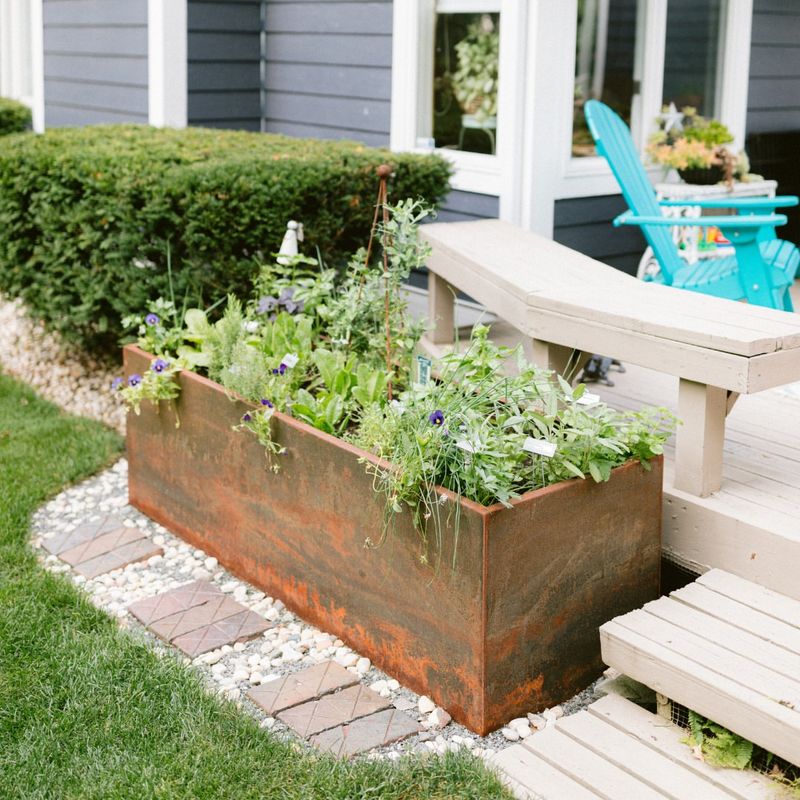
Compact vegetables completely changed the way I thought about growing food. In the past, traditional veggie plants often took over beds, shaded neighbors, or just outgrew their space.
But patio peppers and bush beans brought productivity without the chaos. Their small size and tidy growth habit made them ideal for raised beds, containers, or tight garden corners.
And even better—they delivered. The harvests were plentiful, the plants were manageable, and there was no need to constantly prune or redirect runaway vines.





